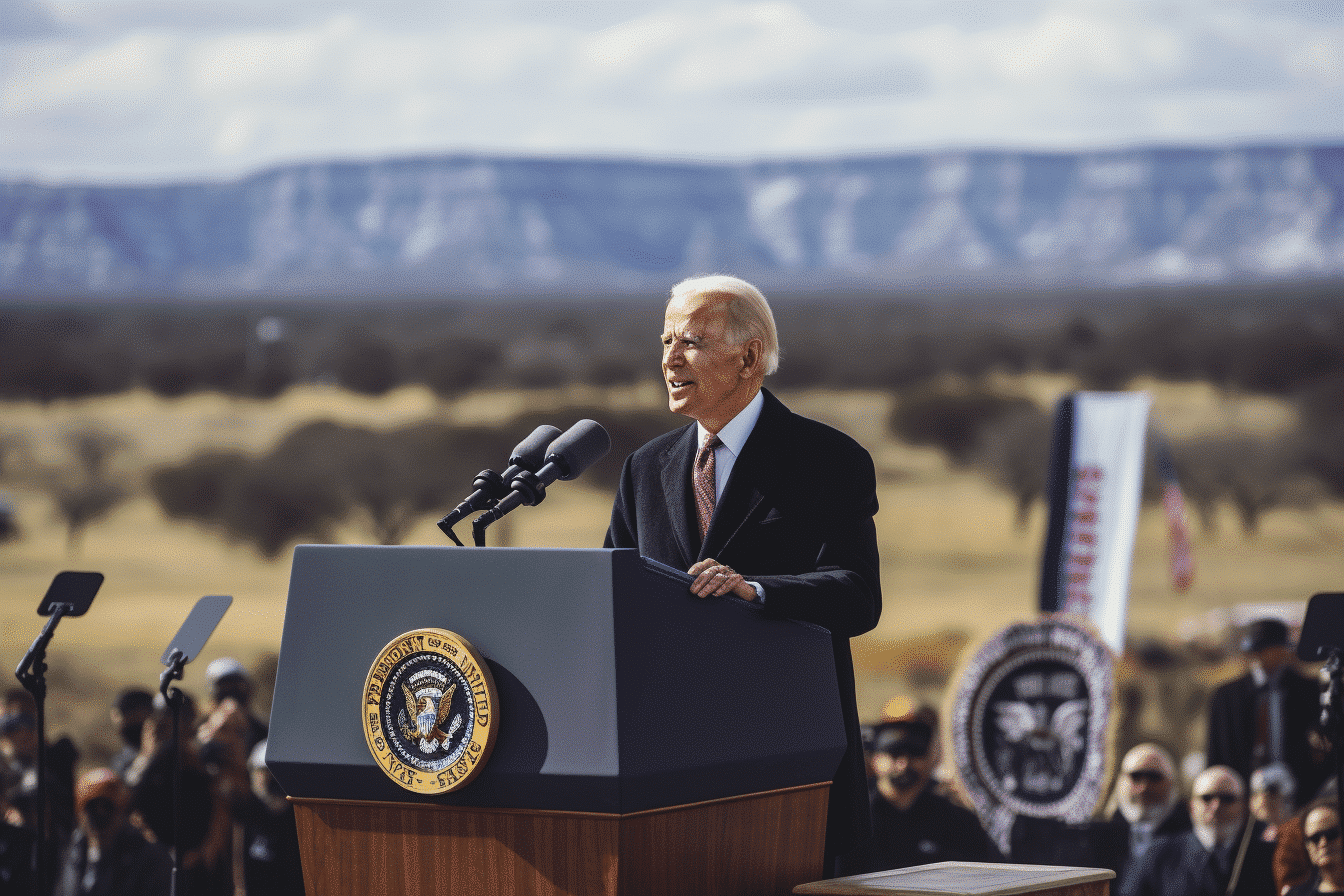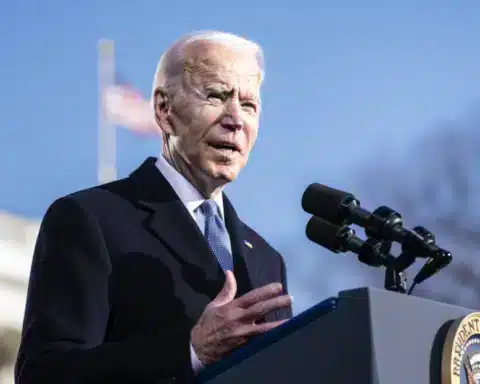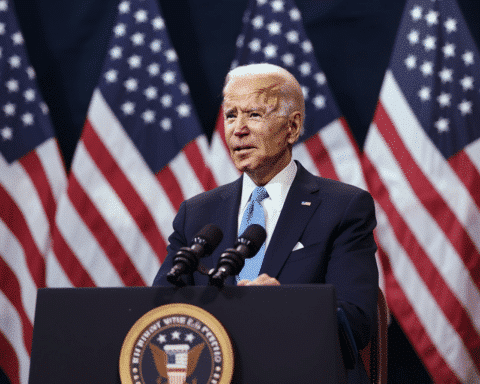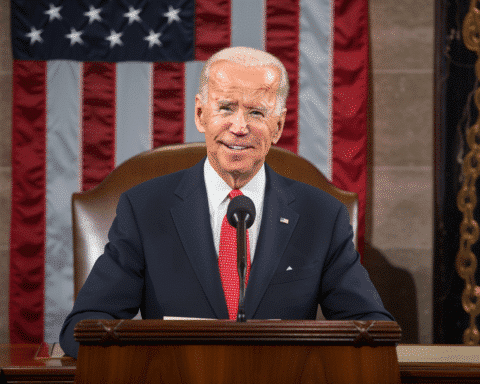During his visit to Arizona, President Joe Biden will officially proclaim a national monument for the larger Grand Canyon area, fulfilling the longstanding dreams of Native American tribes and environmentalists to conserve this land.
The president’s announcement will detail the preservation of approximately 1,562 square miles located just beyond Grand Canyon National Park, as confirmed by national climate adviser Ali Zaidi. This will be Biden’s fifth such designation.
Local tribes, using the names “Baaj Nwaavjo I’tah Kukveni,” which respectively mean “where tribes roam” for the Havasupai and “our footprints” for the Hopi, have urged the president to utilize the Antiquities Act of 1906 for this monumental task.
Arizona’s political significance is highlighted by Biden’s 2020 narrow victory, marking the first time a Democrat had won the state since 1996 with Bill Clinton. Arizona remains a pivotal state in the lead-up to the upcoming elections.
Following his Arizona visit, Biden will journey to New Mexico and later Utah, showcasing his influence in Democratic strongholds and Republican territories.
Beyond the political arena, the move to protect the land around Grand Canyon National Park has been a point of contention for years. While tribes and environmentalists champion its protection, the GOP and mining industries stress the economic and security implications of mining.
U.S. Interior Secretary Deb Haaland emphasized the new collaborative era with tribes, ensuring the protection of historical and scientific landmarks while allowing indigenous practices.
Upon his Monday arrival, Biden was welcomed by Democratic representatives Raúl Grijalva and Ruben Gallego, with Grijalva being a prominent supporter of the monument’s creation.
The president’s speech location is strategic, nestled between the developing Pinyon Plain Mine and Red Butte, revered by the Havasupai and Hopi tribes. Tribal leaders will be present, including Yavapai-Apache Nation’s Tanya Lewis and Navajo’s Buu Nygren. Tribal dancer Dianna Sue White Dove Uqualla, voicing concerns over uranium’s environmental impact, will perform a blessing.
Reacting to environmental concerns, the Interior Department paused new mining claims around the national park in 2012. Yet, the Biden administration assures that existing claims remain unaffected, as the proposed monument covers only a fraction of national uranium reserves.
In the past, the notion of such a designation faced resistance from Arizona’s then-Republican leadership. Today, with the state’s political landscape altered, support from Democratic figures like Gov. Katie Hobbs, Sen. Mark Kelly, and independent Sen. Kyrsten Sinema bolsters the push for the monument.
However, mining sectors remain opposed, viewing the proposal as politically motivated and urging more discussions. Buster Johnson, a local official, stresses the need for uranium in national security.
Even though no active uranium mines exist in Arizona, the potential for new mines persists due to established claims predating 2012.
Post-Arizona, Biden’s agenda includes discussions on climate-driven job creation in Albuquerque and commemorating the PACT Act in Salt Lake City, interspersed with re-election fundraisers.
As the nation watches President Biden’s strategic moves in terms of environmental preservation and political maneuvering, the Grand Canyon’s new designation stands as a testament to evolving priorities. The juxtaposition of nature’s grandeur with our time’s political and economic debates encapsulates the delicate balance leaders must strike. This decision will undoubtedly have lasting implications, setting the stage for future conversations about national monuments, resources, and the intertwined destinies of the land and its people.




